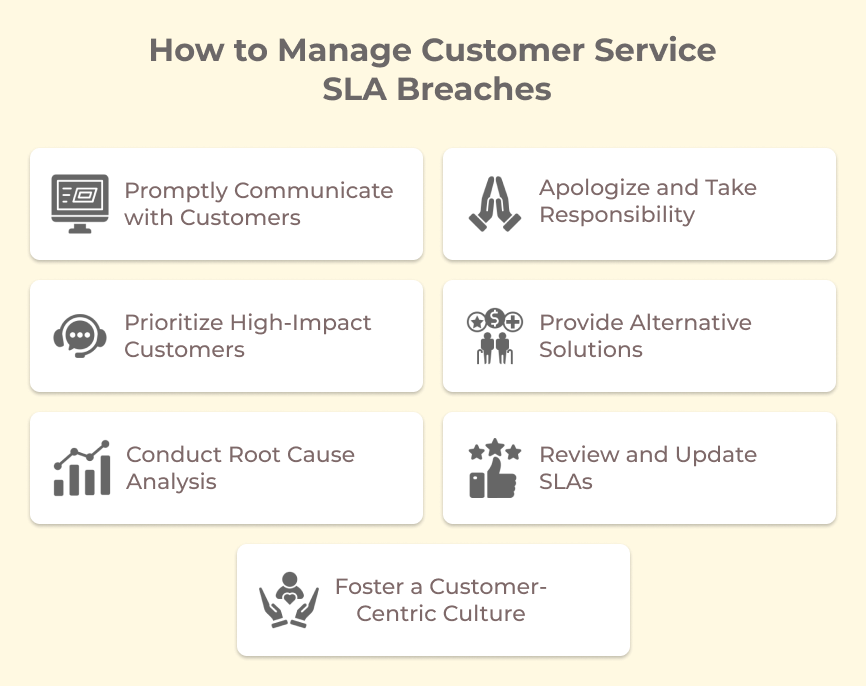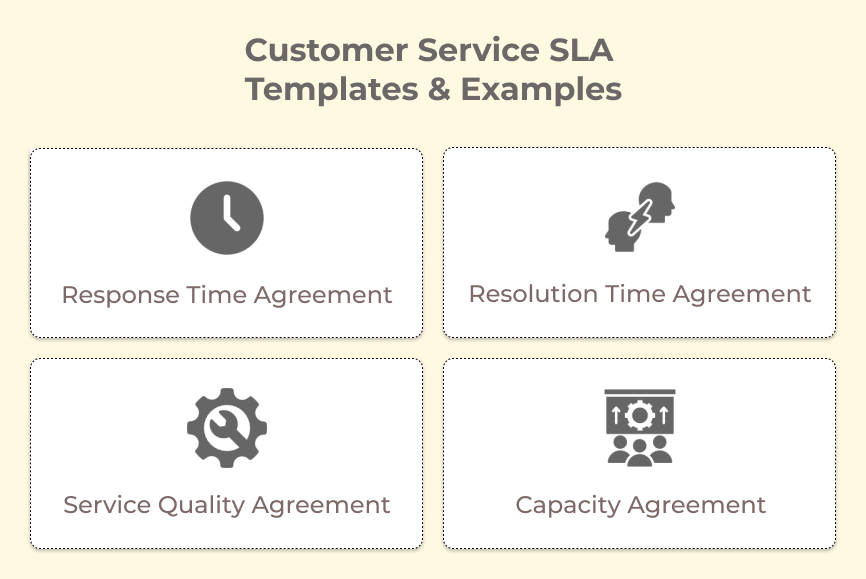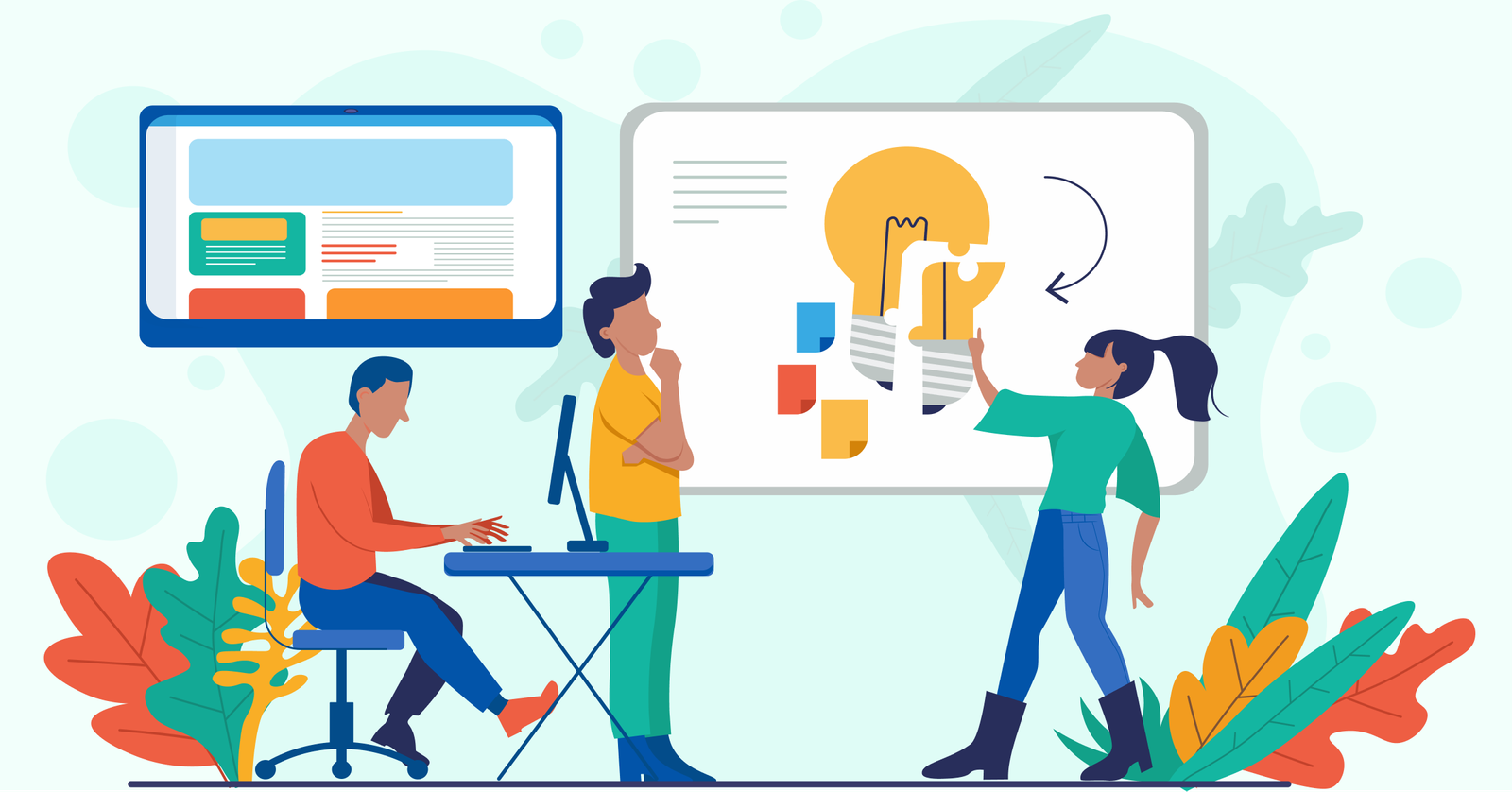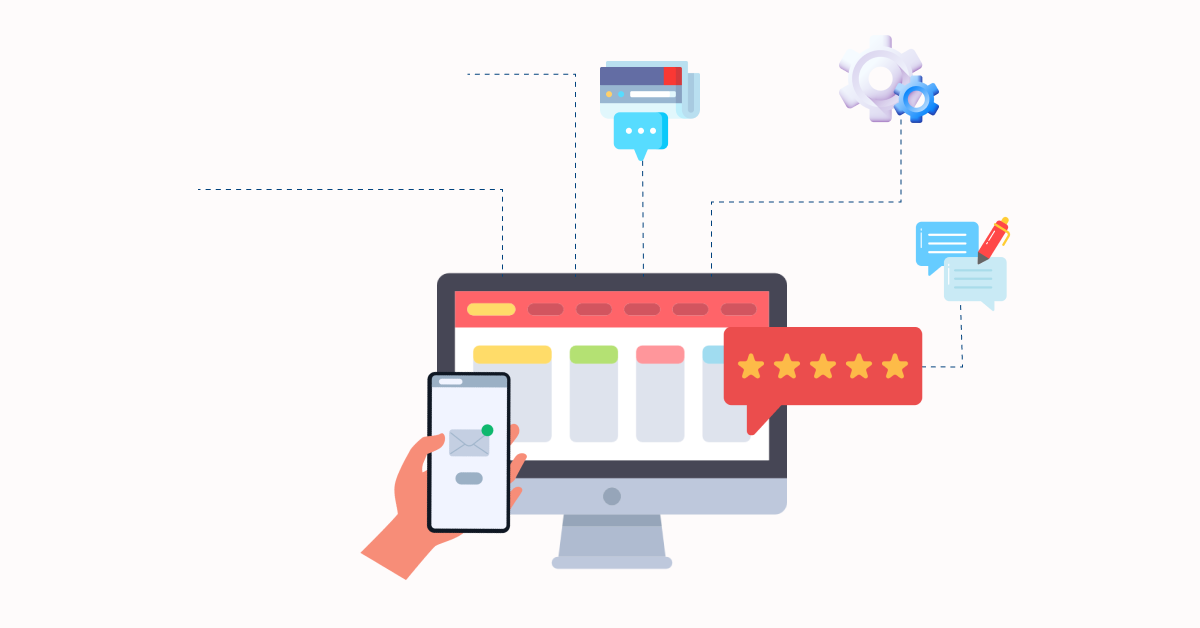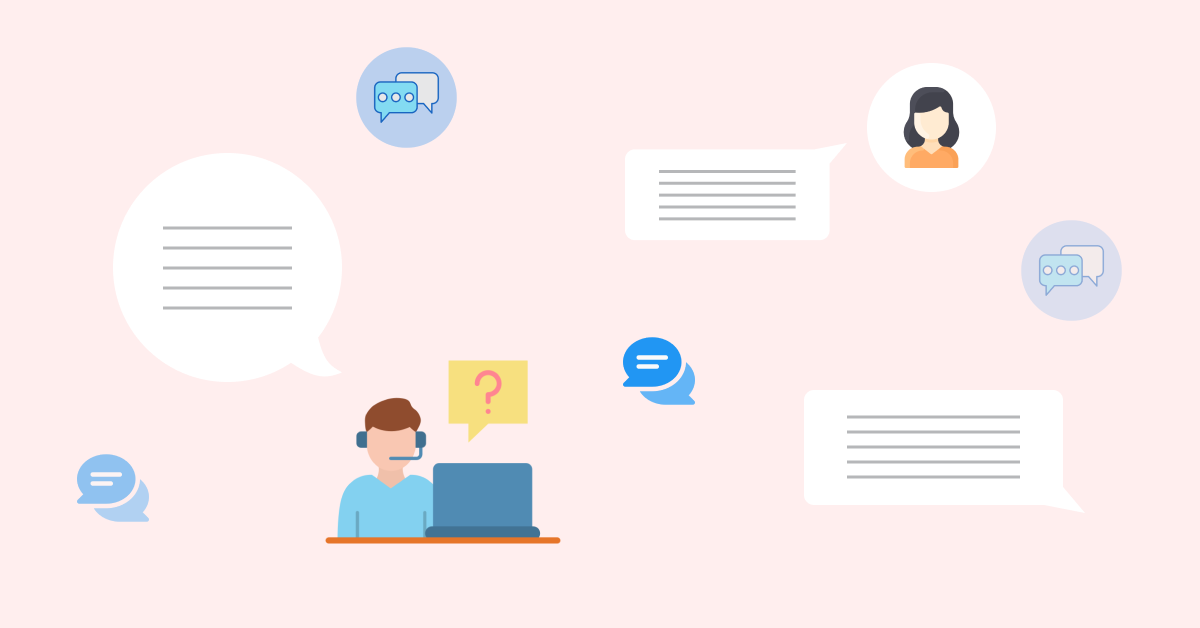Strategy #1 Promptly Communicate with Customers
Prompt communication is crucial today. More than 75% of consumers value how quickly a brand can respond to their needs. It is important to keep customers informed about the situation and provide them with regular updates on the progress being made to resolve the breach. Businesses can maintain trust and show their commitment to resolving the issue as quickly as possible by proactively reaching out to customers.
Companies should establish clear channels of communication that allow customers to easily reach out with questions or concerns. Maintaining a record of the communications can help in managing customer expectations and providing accurate information.
Pro tips:
- Consider implementing an automated acknowledgment system that immediately confirms receipt of customer concerns while providing an estimated response timeline.
- Develop a tiered notification system where different severity levels of SLA breaches trigger different communication protocols.
Strategy #2 Apologize and Take Responsibility
Customers understand that mistakes happen but expect businesses to take responsibility for their actions. It is essential to apologize to the customer and acknowledge the impact it may have had on their experience when an SLA breach occurs. Showing genuine remorse and taking ownership of the situation will allow businesses to demonstrate their commitment to excellent customer service.
Businesses must prioritize training their customer service representatives on how to apologize sincerely and empathize with customers. It can be achieved with the help of role-playing exercises and ongoing coaching. Empowering customer service representatives to resolve issues promptly and offering appropriate compensation when necessary can further enhance customer satisfaction.
Pro tips:
- Create a personalized “service recovery package” tailored to each customer’s specific needs and preferences. It shows that you understand their unique business challenges beyond just offering generic compensation.
- Document successful resolution cases as learning opportunities, creating a knowledge base of effective apology and resolution strategies that the entire team can reference.
Strategy #3 Prioritize High-Impact Customers
During the instance of SLA breaches it is vital to prioritize the needs of high-impact customers. High-impact customers are the ones who have a significant impact on the business, either due to their spending, influence, or potential for long-term partnerships. Focusing on these customers and resolving their issues as a priority will allow the business to mitigate potential damage to valuable relationships.
The approach can be adopted by businesses that have a system in place to identify high-impact customers and flag their cases for immediate attention. Regularly reviewing customer data can help identify patterns and proactively address potential issues before they become breaches.
Pro Tip:
- Develop a sophisticated scoring system that considers multiple factors beyond just revenue to better identify truly high-impact customers.
- Create dedicated escalation paths and support teams specifically for high-impact customers, ensuring their issues receive immediate attention.
Strategy #4 Provide Alternative Solutions
After the SLA breach, businesses should not only focus on apologizing but also on finding alternative solutions to minimize the impact on the customer. Providing options or workarounds will make the customers feel supported and valued, even in the face of a breach.
One can demonstrate their commitment to customer satisfaction and regain customer trust by offering alternative solutions. Every business should have a thorough understanding of its offerings. Training customer service representatives on the alternatives and equipping them with the necessary resources can ensure a seamless transition.
Pro Tip:
- Build a comprehensive “solution matrix” that maps common problems to multiple alternative solutions, considering factors like implementation time, cost and customer preference.
- Establish partnerships with complementary service providers who can step in as backup solutions during critical SLA breaches, creating a reliable safety net.
Strategy #5 Conduct Root Cause Analysis
A thorough root cause analysis of the breach should be conducted to prevent future SLA breaches. Understanding the underlying causes will help identify areas for improvement and implement corrective actions to prevent similar breaches from occurring again in the future.
Initiate by establishing a structured process for conducting root cause analysis. Involve cross-functional teams to gain different perspectives and insights. Document the findings and ensure that the necessary actions are taken to address the root causes.
Pro tips:
- Implement a standardized “Five Whys” methodology combined with fishbone diagrams. It will ensure your root cause analysis goes deep enough to uncover systemic issues rather than just surface-level problems.
- Create a centralized knowledge base of past RCA solutions, making it easier to identify patterns and prevent similar breaches from recurring across different customer accounts.
Strategy#6 Review and Update SLAs
SLAs are designed to set expectations and ensure customer satisfaction. SLAs may become outdated or unrealistic as businesses evolve and customer demands change. Businesses should take an SLA breach as an opportunity to update their SLAs to align them with current capabilities and customer expectations.
All the key stakeholders from different departments should be involved in the SLA review process. It can ensure that all relevant perspectives are considered and that the updated SLAs are attainable. Communicating any changes to customers can help manage their expectations and maintain transparency.
Pro tips:
- Develop an “SLA evolution timeline” that proactively schedules reviews based on business growth projections and anticipated changes in customer needs.
- Use predictive analytics to identify patterns in service delivery capabilities and adjust SLAs dynamically before they become unrealistic.
Strategy#7 Promote a Customer-Centric Culture
A customer-centric culture is essential for effective customer service management. Employees who understand the importance of customer satisfaction are more likely to go the extra mile to resolve issues and exceed expectations. Customer-centric companies are 60% more profitable than companies that don’t focus on customers.
Invest in some form of development programs that prioritize customer-centric values and behaviors. When there’s a culture where everyone is responsible for delivering exceptional customer service, businesses can minimize the occurrence of SLA breaches and enhance overall customer satisfaction.
Pro tips:
- Create a “customer impact assessment” tool that helps employees understand how their daily actions directly affect customer satisfaction and SLA compliance.
- Implement a reverse mentoring program where frontline customer service staff regularly share their experiences and insights with senior management.
Customer Service SLA Templates & Examples
Let’s go through the essential customer service SLA templates and provide actionable examples to help you elevate your customer support game.










